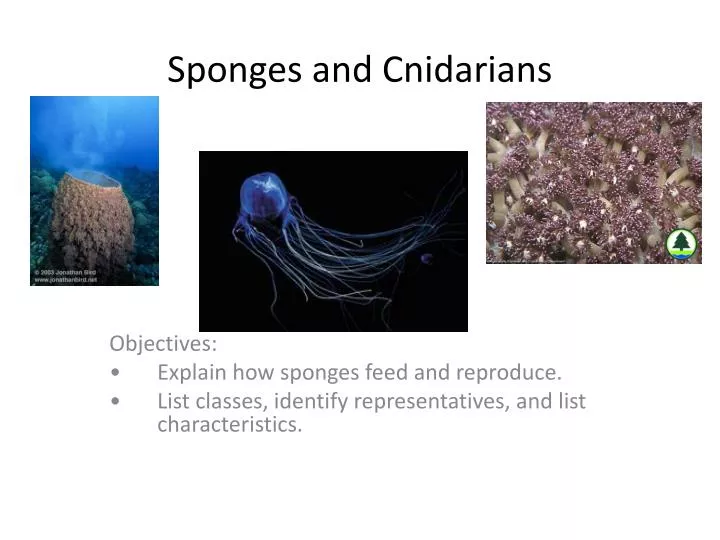
Most of these animals are small, but a few sea anemones can grow as large as 1 meter in diameter. Because they are sessile organisms, they can only capture food that touches their tentacles. Polyps attach to hard surfaces with their mouths up.

.jpg)
The mouth leads to a central body cavity, the gastrovascular cavity (Fig. Tentacles form a ring around a small mouth at the top of the bag. The polyp form has a body shaped like a hollow cylinder or a bag that opens and closes at the top (Fig. Many cnidarians take two main structural forms during their life cycles, a polyp form and a medusa form. Because the tentacles of corals, jellyfish, and sea anemones have this radial structure, they can sting and capture food coming from any direction. The body plans cnidarians generally have radial symmetry (Fig.

Image courtesy of Julian Fahrbach, Wikimedia Commons


 0 kommentar(er)
0 kommentar(er)
